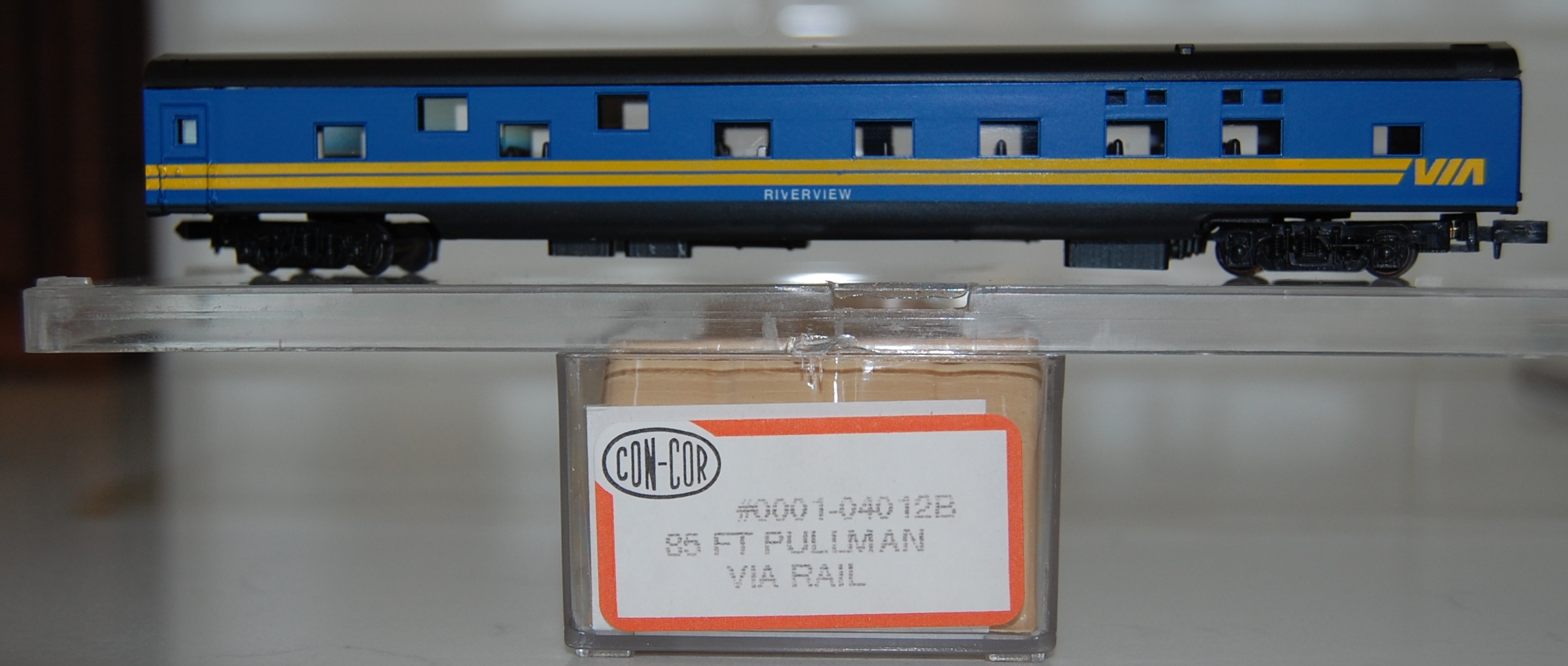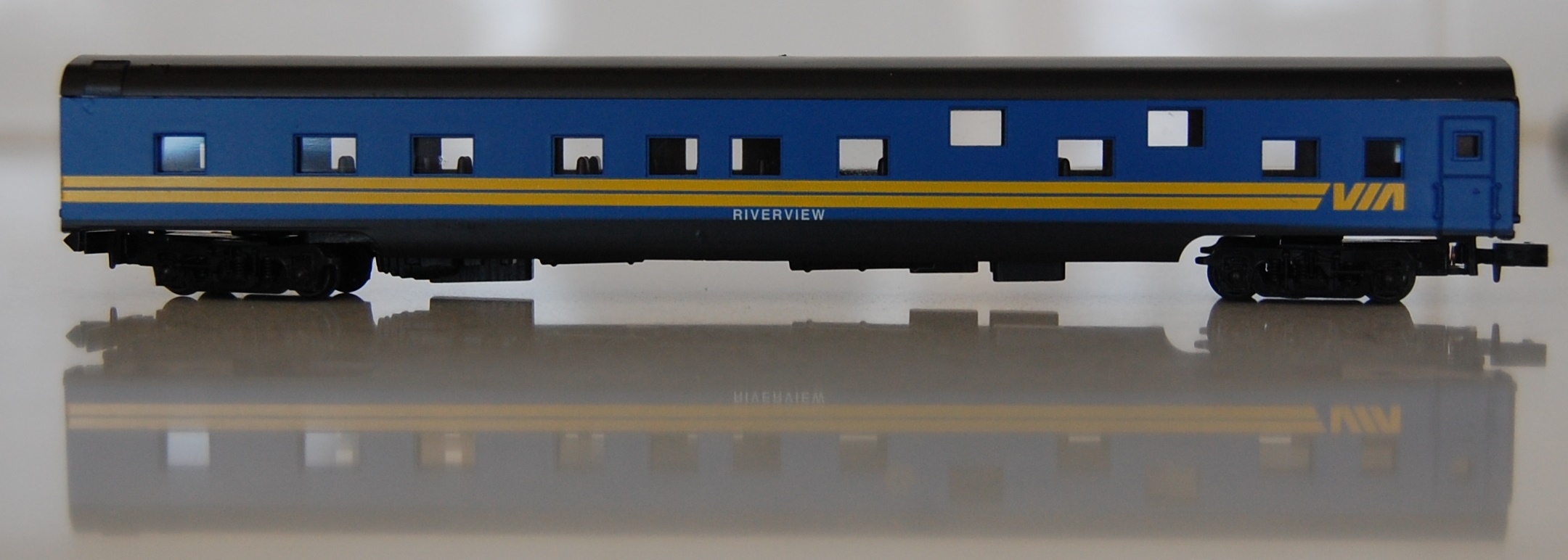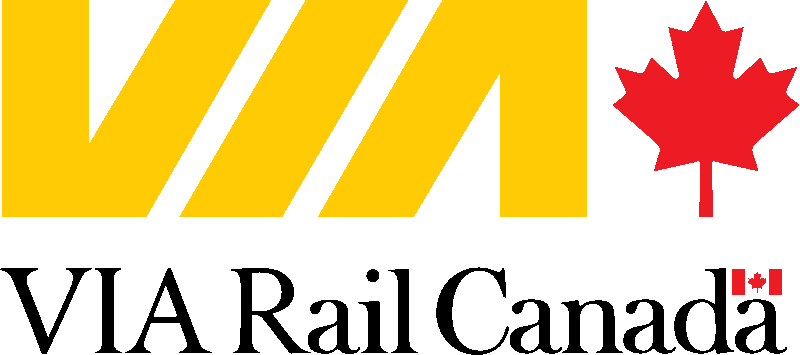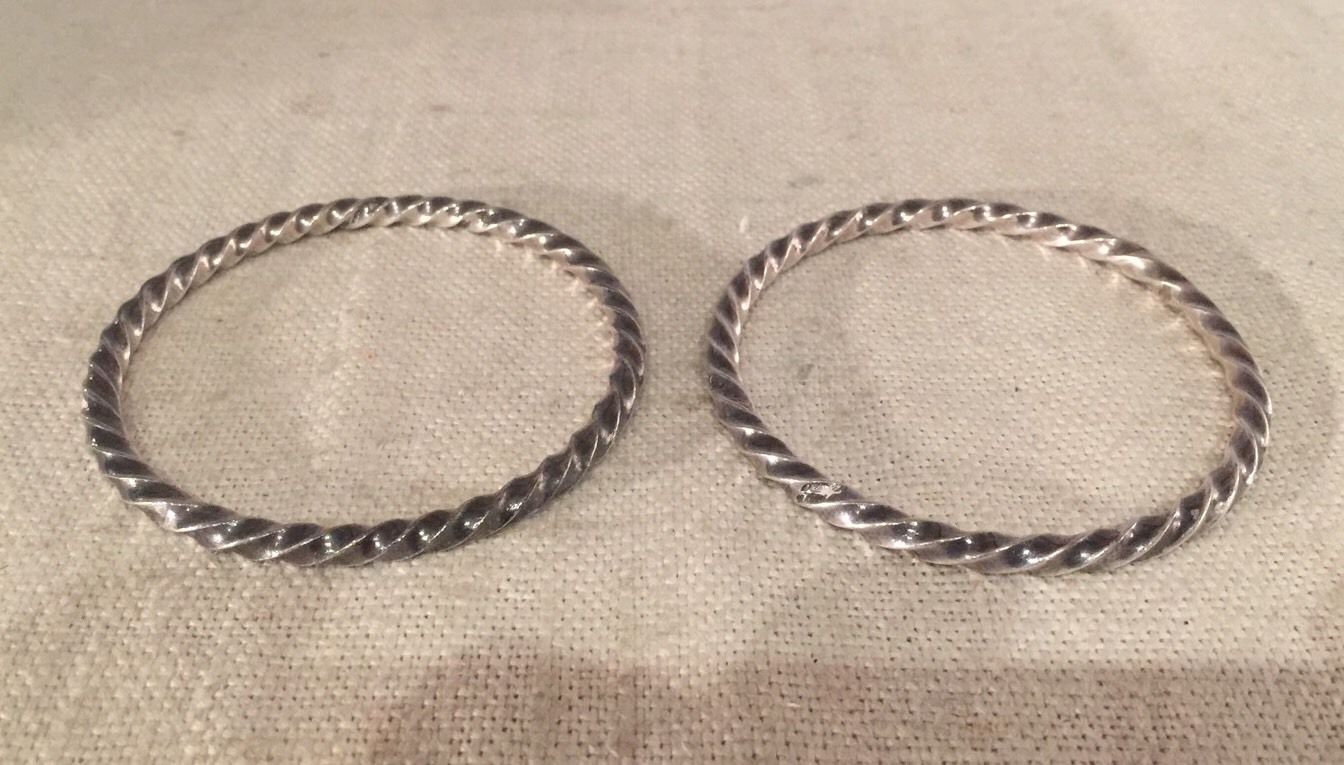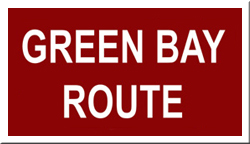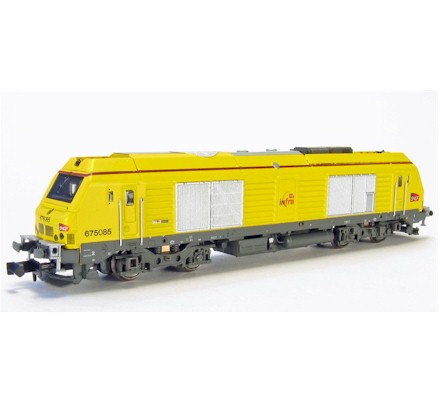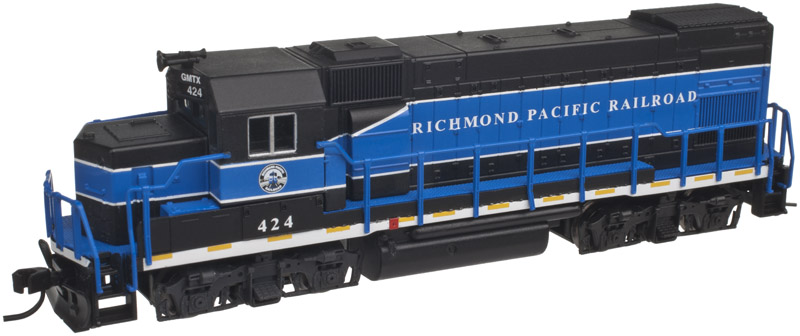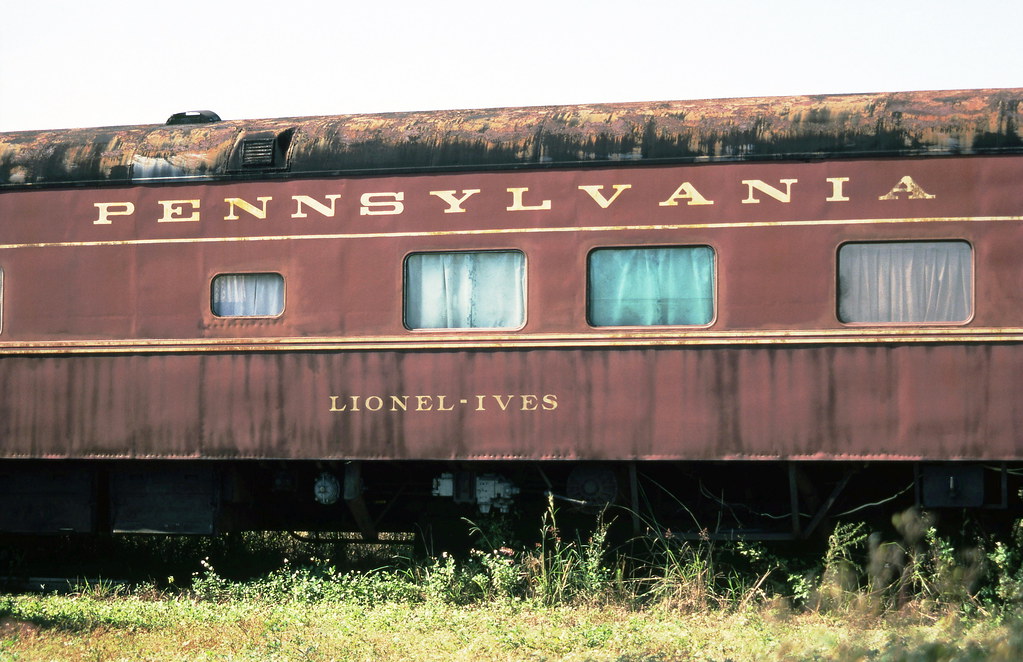Specific Item Information:
With Rigid Face Couplers,$23.98 ea 0001-4012B
With Micro-Trains® Couplers,$28.98 ea. 0001-040095
With Rigid Face Couplers,$23.98 ea 0001-4012B
With Micro-Trains® Couplers,$28.98 ea. 0001-040095
Model Information: This model has been around for a while. The originals were produced by Kato Japan operating as Sekisui Kinzoku. Later versions were made in China. The models are based on prototypes from the late 1950's and reasonably accurate though somewhat "generic".
Prototype History: In the post-war period, passenger rail service boomed. In order to increase efficiency, the railroads set to replacing their old wood, steel and concrete heavyweight passenger cars with newer lightweight, streamlined cars. The new cars were made from stainless steel, aluminum and Cor-Ten steel. These cars required less motive power to pull and were cheaper to manufacture. Production was also concentrated in a few manufacturers rather than each railroad making its own. This led to standardization which further reduced costs. The new "lightweight" cars were also given "streamlined" designs to make them more visually appealing. Budd, Pullman Standard and ACF were all well known manufacturers of these cars.
Smoothside cars are typically painted, unlike their corrugated brethren. This meant that they typically required more maintenance, but this also allowed the railroads to apply distinctive paint schemes to their fleets, typically matching the paintwork on their locomotives.
Sleeper cars were designed to allow passengers to comfortably rest during longer journeys. Various sleeping arrangements were designed for differing levels of privacy and comfort. These included: roomettes, private double occupancy berths and open section accommodation.
Smoothside cars are typically painted, unlike their corrugated brethren. This meant that they typically required more maintenance, but this also allowed the railroads to apply distinctive paint schemes to their fleets, typically matching the paintwork on their locomotives.
Sleeper cars were designed to allow passengers to comfortably rest during longer journeys. Various sleeping arrangements were designed for differing levels of privacy and comfort. These included: roomettes, private double occupancy berths and open section accommodation.
Road Name History: Via Rail Canada (reporting mark VIA) (generally shortened to Via Rail or Via; styled corporately as VIA Rail Canada) is an independent crown corporation, subsidized by the Minister of Transport, mandated to offer intercity passenger rail services in Canada.
On January 12, 1977, CN spun off its passenger services as a separate Crown corporation, VIA Rail Canada. At its inception, Via acquired all CN passenger cars and locomotives. Following several months of negotiation, on October 29, 1978, Via took over operation of CP passenger train services, and took possession of cars and locomotives. Passenger train services which were not included in the creation of Via Rail included those offered by BC Rail, Algoma Central Railway, Ontario Northland Railway, Quebec North Shore and Labrador Railway, various urban commuter train services operated by CN and CP, and remaining CN passenger services in Newfoundland.
On January 12, 1977, CN spun off its passenger services as a separate Crown corporation, VIA Rail Canada. At its inception, Via acquired all CN passenger cars and locomotives. Following several months of negotiation, on October 29, 1978, Via took over operation of CP passenger train services, and took possession of cars and locomotives. Passenger train services which were not included in the creation of Via Rail included those offered by BC Rail, Algoma Central Railway, Ontario Northland Railway, Quebec North Shore and Labrador Railway, various urban commuter train services operated by CN and CP, and remaining CN passenger services in Newfoundland.
Brand/Importer Information: Con-Cor has been in business since 1962. Many things have changed over time as originally they were a complete manufacturing operation in the USA and at one time had upwards of 45 employees. They not only designed the models,but they also built their own molds, did injection molding, painting, printing and packaging on their models.
Currently, most of their manufacturing has been moved overseas and now they import 90% of their products as totally finished goods, or in finished components. They only do some incidental manufacturing today within the USA.
Important Note: The Con-Cor product numbering can be very confusing. Please see here in the article how to properly enter Con-Cor stock numbers in the TroveStar database.
Currently, most of their manufacturing has been moved overseas and now they import 90% of their products as totally finished goods, or in finished components. They only do some incidental manufacturing today within the USA.
Important Note: The Con-Cor product numbering can be very confusing. Please see here in the article how to properly enter Con-Cor stock numbers in the TroveStar database.
Item created by: Powderman on 2017-12-29 12:17:32. Last edited by George on 2024-09-26 10:20:16
If you see errors or missing data in this entry, please feel free to log in and edit it. Anyone with a Gmail account can log in instantly.
If you see errors or missing data in this entry, please feel free to log in and edit it. Anyone with a Gmail account can log in instantly.


